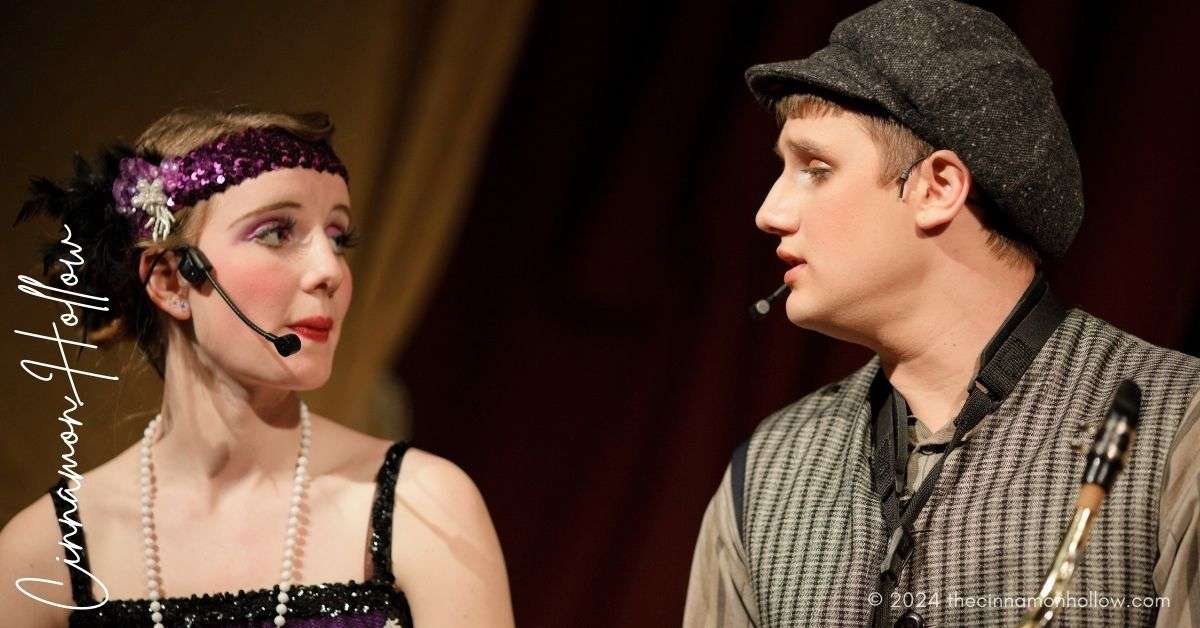High school drama productions offer students a chance to explore their creativity and bring stories to life on stage. One major aspect of any production is the costumes, which help set the tone, establish the setting and define characters. Creating costumes for a high school play can be a rewarding experience, blending artistry, resourcefulness and collaboration.
Understand the Script and Characters
The first step in costume design is understanding the script and characters. Read the play thoroughly to get a sense of the time period, setting and character personalities. Pay attention to any specific costume requirements mentioned in the script. Make sure your vision aligns with the director’s and clarify any special costume needs.
Research and Inspiration
Research is key to designing authentic and appropriate costumes. Look for historical references if the play is set in a specific era. Gather inspiration from fashion history books, online archives and even films or television shows set in the same period. Create a mood board or a sketchbook with images, fabric swatches and sketches to visualize your ideas.
Budgeting and Resourcefulness
High school productions often have limited budgets, so it’s important to be resourceful. Determine your budget early and prioritize spending on necessary items. Thrift stores, discount fabric outlets and donations can be excellent sources for affordable materials. Finding basic items online like pantyhose for men and women, foundation garments and other base layers can guide the rest of your budgeting. Consider repurposing or altering existing costumes to fit your needs.
Costume Construction
Once you have a clear vision and materials, it’s time to start constructing the costumes. Here are some tips for different aspects of costume making:
- Sewing: Basic sewing skills are invaluable. Simple patterns can be found online or at fabric stores. For more complex designs, enlist the help of volunteers who are skilled in sewing.
- No-Sew Options: If sewing isn’t feasible, explore no-sew alternatives like using hot glue, fabric tape or safety pins to assemble costumes.
- Alterations: Tailoring existing clothing can save time and money. Simple alterations like taking in seams, adding embellishments or dyeing fabrics can transform everyday clothes into period-specific costumes.
Accessories and Details
Accessories can make or break a costume. Hats, gloves, jewelry and shoes should be chosen carefully to complement the outfit and enhance the character’s persona. Pay attention to small details like buttons, lace and trims, which can add authenticity and depth to the costumes. Don’t forget practical considerations like ensuring shoes are comfortable for the actors to wear during long rehearsals and performances.
Collaboration and Fittings
Costume design is a collaborative effort. Work closely with the director, actors and other members of the production team to create a cohesive look. Schedule fittings so the costumes fit well and allow for movement. Actors should feel comfortable and confident in their costumes, so be open to feedback and ready to make adjustments as needed.
Final Touches and Dress Rehearsals
Before the final performance, conduct dress rehearsals to see how the costumes look under stage lighting and in action. This is the time to make any last-minute adjustments and ensure that quick changes are smooth and efficient. Encourage actors to practice moving and performing in their costumes to get comfortable.
Creating costumes for a high school drama production is a blend of creativity, resourcefulness and teamwork. With careful planning and a passion for the craft, your high school drama production can be a memorable and visually stunning success.







